Optimal Timing for Fence Post Removals

Spring offers moderate weather and soft soil, making fence post removal easier and less labor-intensive.
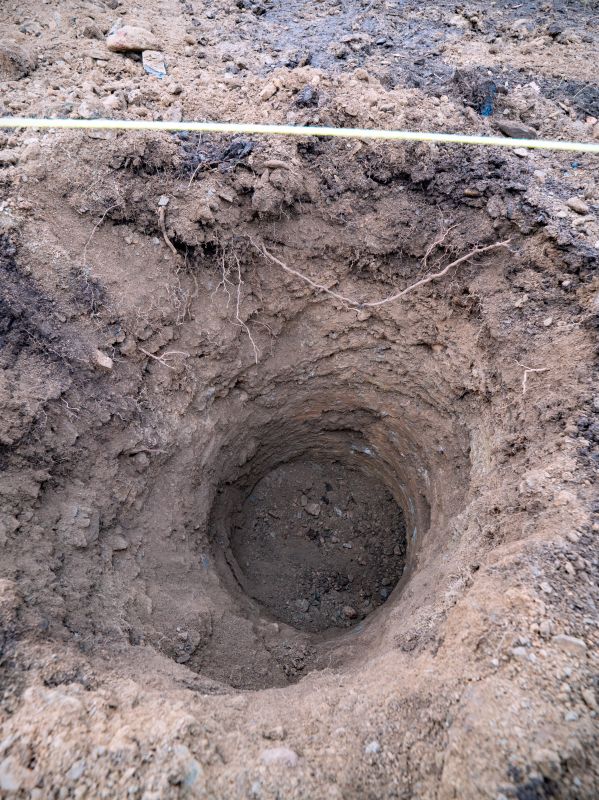
Late summer provides dry ground conditions, reducing the risk of soil compaction and making extraction smoother.

Fall's cooler temperatures and moist soil can facilitate easier removal, especially before winter frost sets in.
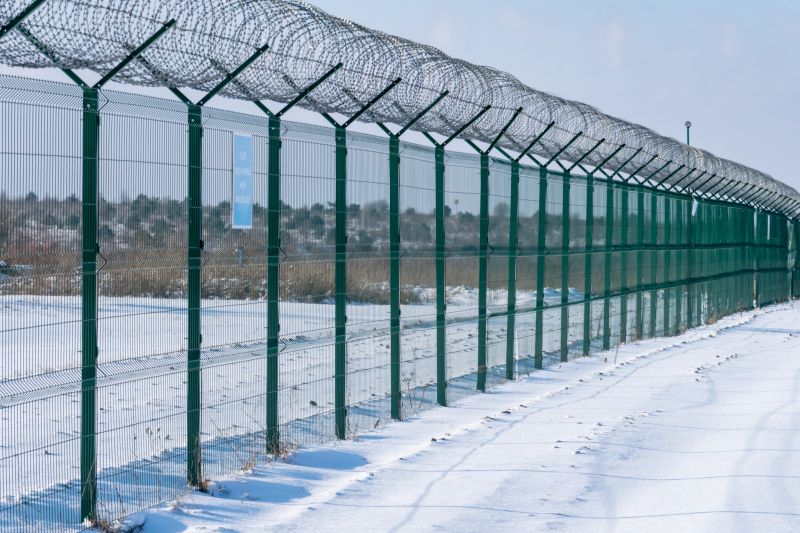
Winter may pose challenges due to frozen ground, but in regions with milder winters, it can still be a feasible time for removal.
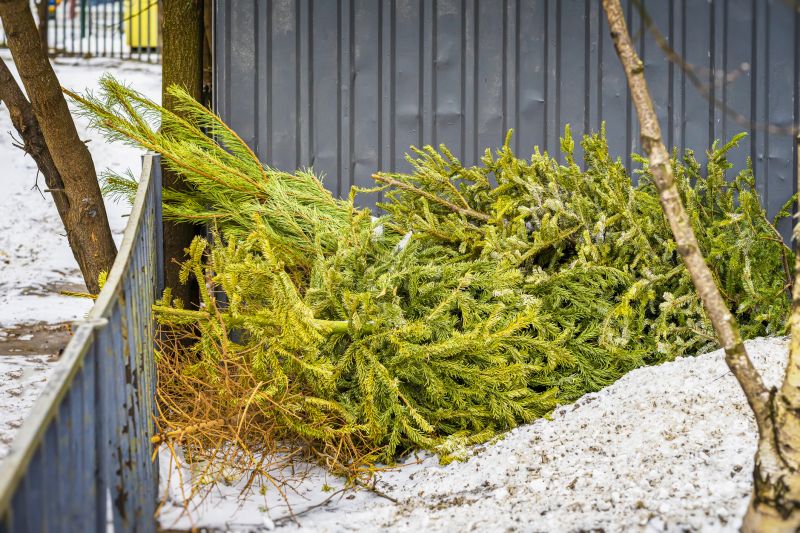
Optimal soil moisture levels are crucial; overly wet or frozen soil can hinder removal efforts.
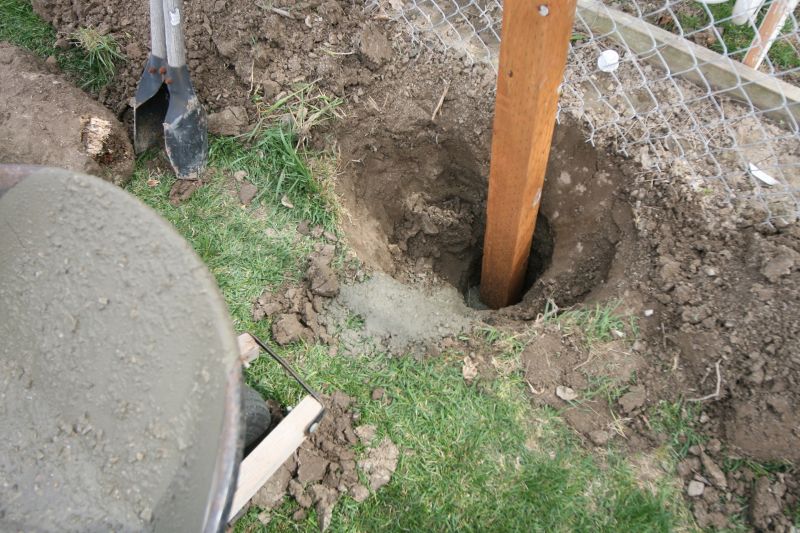
Avoid periods of heavy rain or drought, as these conditions impact soil stability and removal difficulty.
Fence post removals are often scheduled based on soil conditions and seasonal weather patterns. Proper timing ensures easier extraction, reduces soil disturbance, and minimizes labor costs. The soil's moisture content significantly affects the removal process; moist, thawed ground allows for easier extraction, whereas frozen or overly dry soil can complicate efforts. Planning around weather forecasts and soil conditions can lead to more efficient and effective fence post removal projects.
Statistics indicate that fence post removal during spring and fall results in fewer complications and less soil disruption. In regions with distinct seasons, timing fence post removal during periods of moderate soil moisture can reduce the risk of soil compaction and damage. Additionally, scheduling during optimal weather windows helps prevent delays caused by adverse conditions such as heavy rain or frost, ensuring a smoother project execution.

Specialized tools and machinery are used to efficiently extract posts, especially in challenging soil conditions.

Preparing the soil before removal can facilitate easier extraction and reduce ground disturbance.
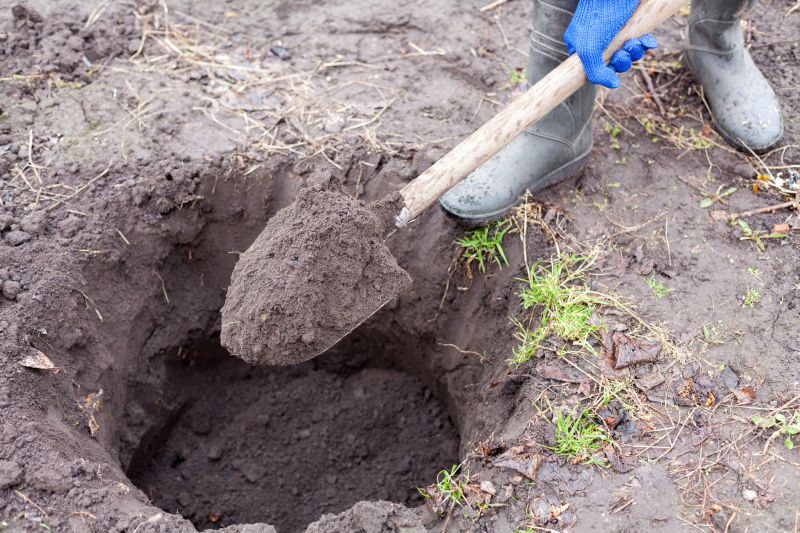
Different methods, such as pulling or digging, are chosen based on soil type and post condition.

Proper cleanup after removal minimizes soil erosion and prepares the site for future use.
| Season | Ideal Conditions |
|---|---|
| Spring | Moderate soil moisture, mild temperatures |
| Summer | Dry ground, warm weather |
| Fall | Cool temperatures, moist soil |
| Winter | Frozen ground in colder regions |
| General Tip | Avoid periods of heavy rain or drought |
Timing fence post removals carefully can prevent unnecessary soil disturbance and reduce labor costs. Recognizing the optimal conditions for soil moisture and weather allows for a more efficient process. Proper planning ensures that fence removal projects are completed effectively, with minimal environmental impact and soil disruption.

Using appropriate tools and techniques based on soil conditions enhances efficiency.

Preparing the site before removal reduces soil damage and facilitates easier extraction.

Proper machinery and tools are essential for effective fence post removal.
Interested in fence post removal services? Filling out the contact form provides an opportunity to discuss project specifics and scheduling options tailored to seasonal conditions and site requirements.
Popular materials for Fence Post Removals and why they hold up over time.
Simple add-ons that improve Fence Post Removals without blowing the budget.
High-end options that actually feel worth it for Fence Post Removals.
